| __timestamp | II-VI Incorporated | International Business Machines Corporation |
|---|---|---|
| Wednesday, January 1, 2014 | 42523000 | 5437000000 |
| Thursday, January 1, 2015 | 51260000 | 5247000000 |
| Friday, January 1, 2016 | 60354000 | 5726000000 |
| Sunday, January 1, 2017 | 96810000 | 5590000000 |
| Monday, January 1, 2018 | 116875000 | 5379000000 |
| Tuesday, January 1, 2019 | 139163000 | 5910000000 |
| Wednesday, January 1, 2020 | 339073000 | 6262000000 |
| Friday, January 1, 2021 | 330105000 | 6488000000 |
| Saturday, January 1, 2022 | 377106000 | 6567000000 |
| Sunday, January 1, 2023 | 499603000 | 6775000000 |
| Monday, January 1, 2024 | 478788000 | 0 |
Unveiling the hidden dimensions of data
In the ever-evolving landscape of technology, research and development (R&D) investment is a key driver of innovation. Over the past decade, International Business Machines Corporation (IBM) and II-VI Incorporated have demonstrated contrasting approaches to R&D spending. From 2014 to 2023, IBM consistently invested heavily in R&D, with expenditures peaking at approximately $6.8 billion in 2023, reflecting a steady growth of around 25% from 2014. In contrast, II-VI Incorporated, a smaller player, showed a remarkable increase in R&D spending, growing over tenfold from 2014 to 2023, reaching nearly $500 million. This surge underscores II-VI's commitment to innovation despite its smaller scale. The data highlights the strategic importance of R&D in maintaining competitive advantage, with IBM's consistent investment and II-VI's aggressive growth strategy both playing pivotal roles in their respective market positions.
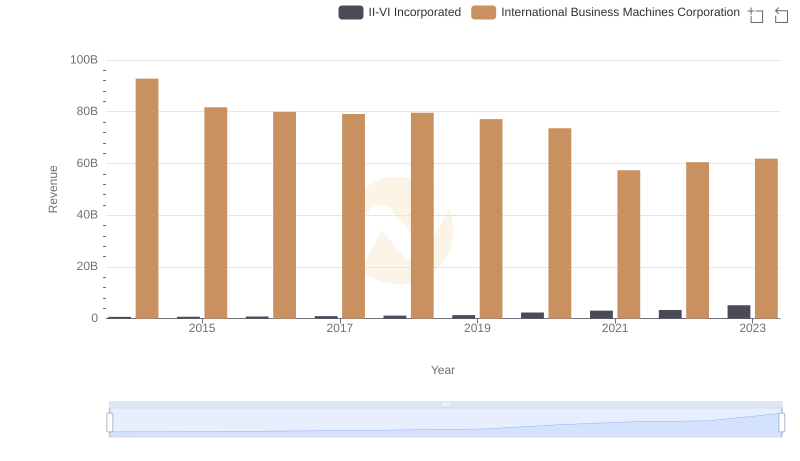
Breaking Down Revenue Trends: International Business Machines Corporation vs II-VI Incorporated
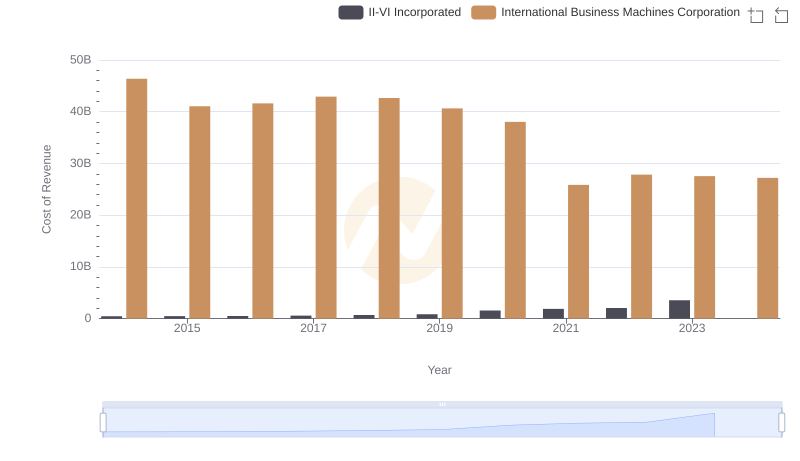
Analyzing Cost of Revenue: International Business Machines Corporation and II-VI Incorporated
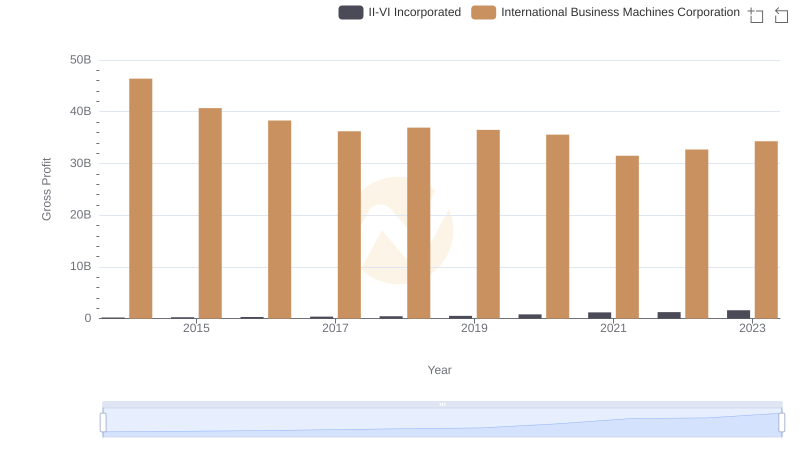
Gross Profit Trends Compared: International Business Machines Corporation vs II-VI Incorporated
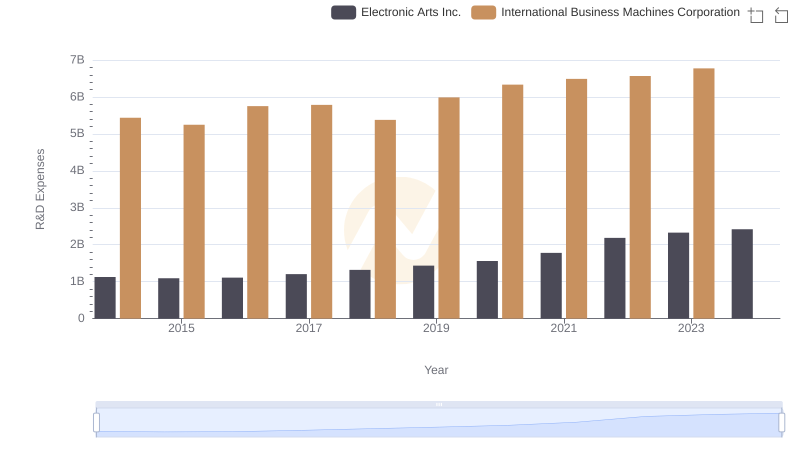
Analyzing R&D Budgets: International Business Machines Corporation vs Electronic Arts Inc.
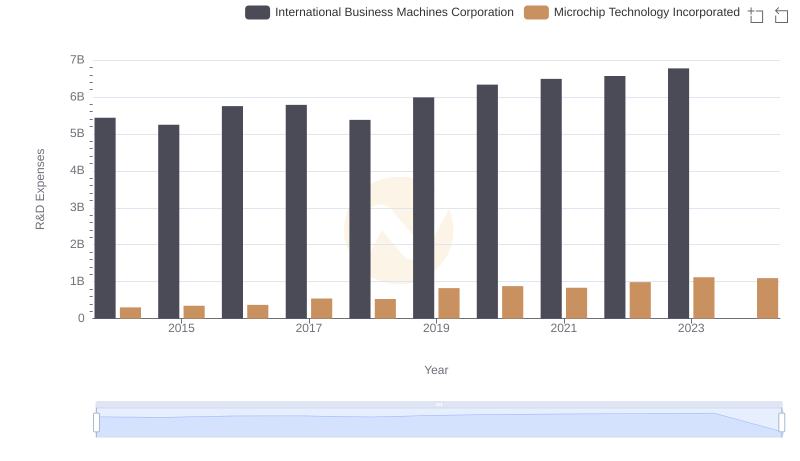
Analyzing R&D Budgets: International Business Machines Corporation vs Microchip Technology Incorporated
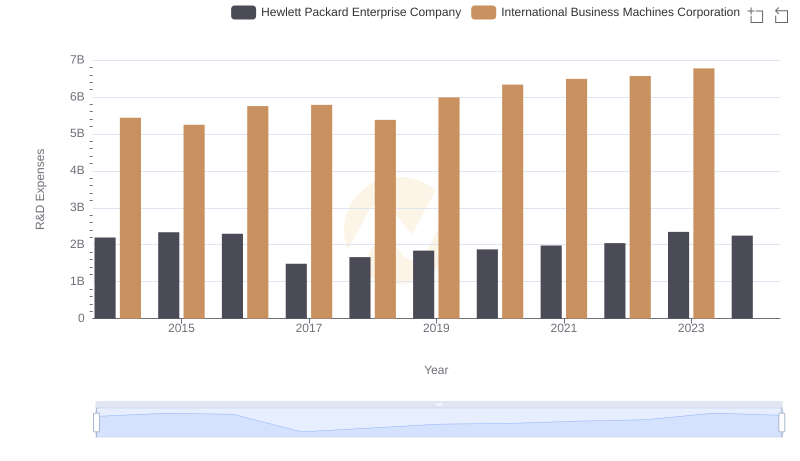
Research and Development Investment: International Business Machines Corporation vs Hewlett Packard Enterprise Company
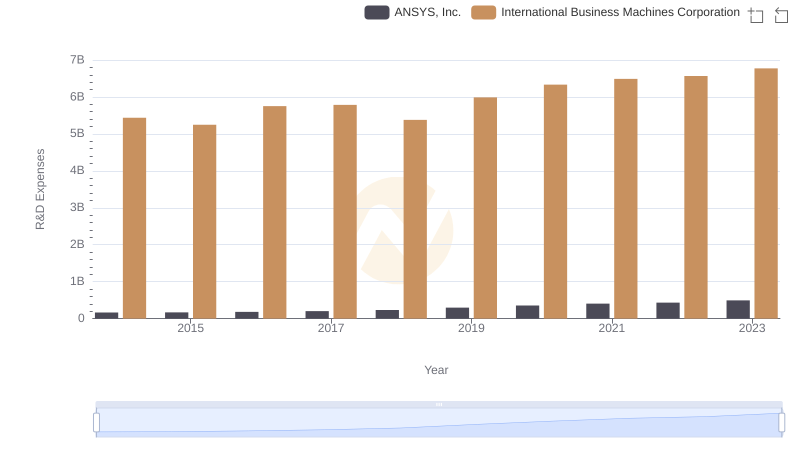
International Business Machines Corporation or ANSYS, Inc.: Who Invests More in Innovation?
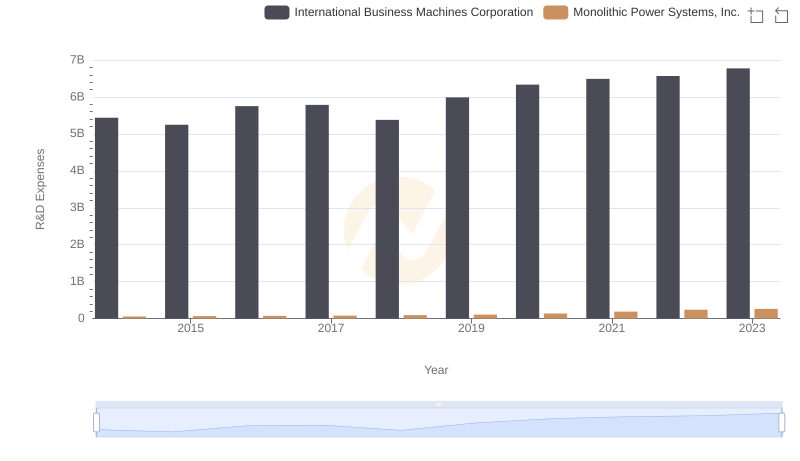
Research and Development: Comparing Key Metrics for International Business Machines Corporation and Monolithic Power Systems, Inc.
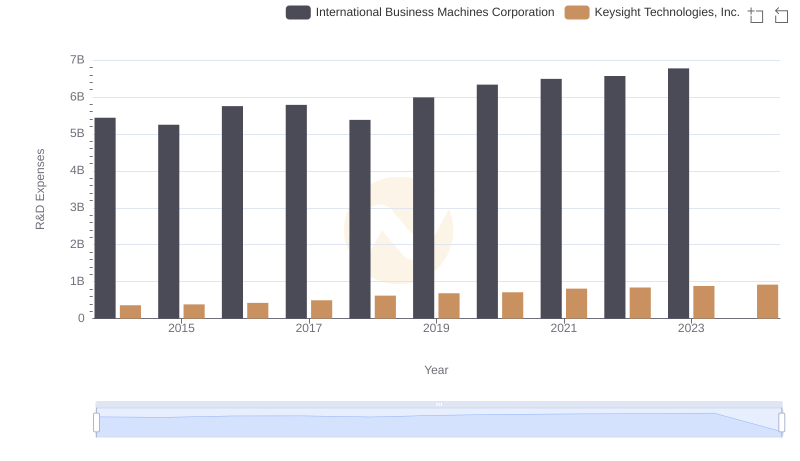
Research and Development Expenses Breakdown: International Business Machines Corporation vs Keysight Technologies, Inc.
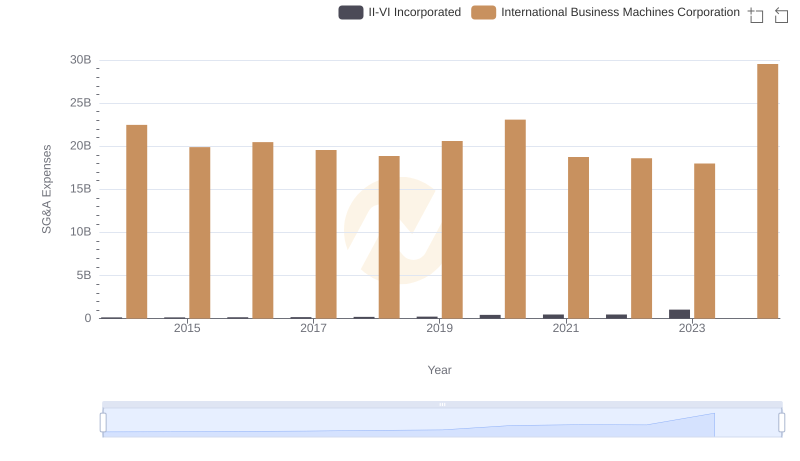
SG&A Efficiency Analysis: Comparing International Business Machines Corporation and II-VI Incorporated

Who Prioritizes Innovation? R&D Spending Compared for International Business Machines Corporation and GoDaddy Inc.
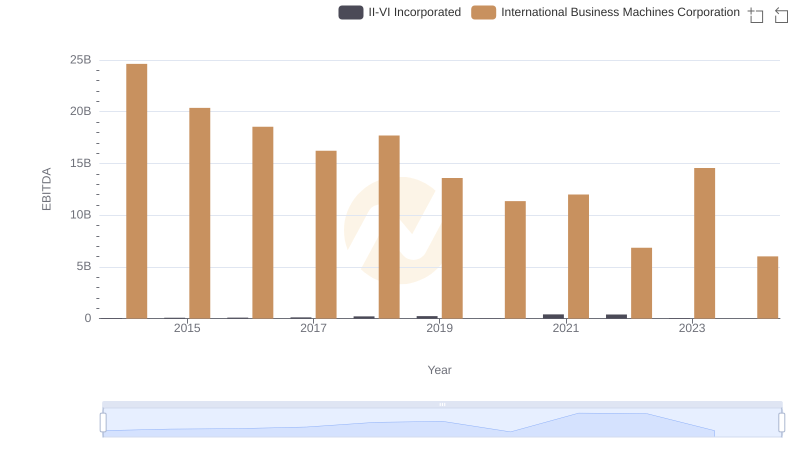
A Professional Review of EBITDA: International Business Machines Corporation Compared to II-VI Incorporated